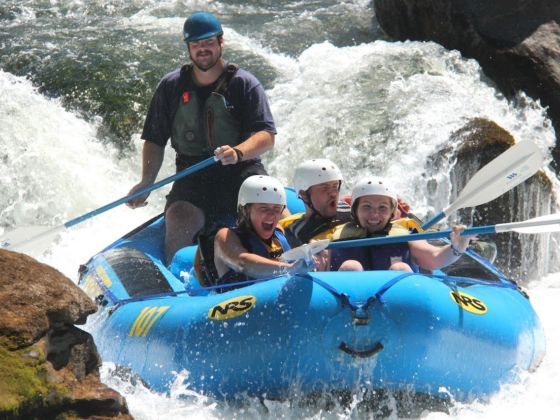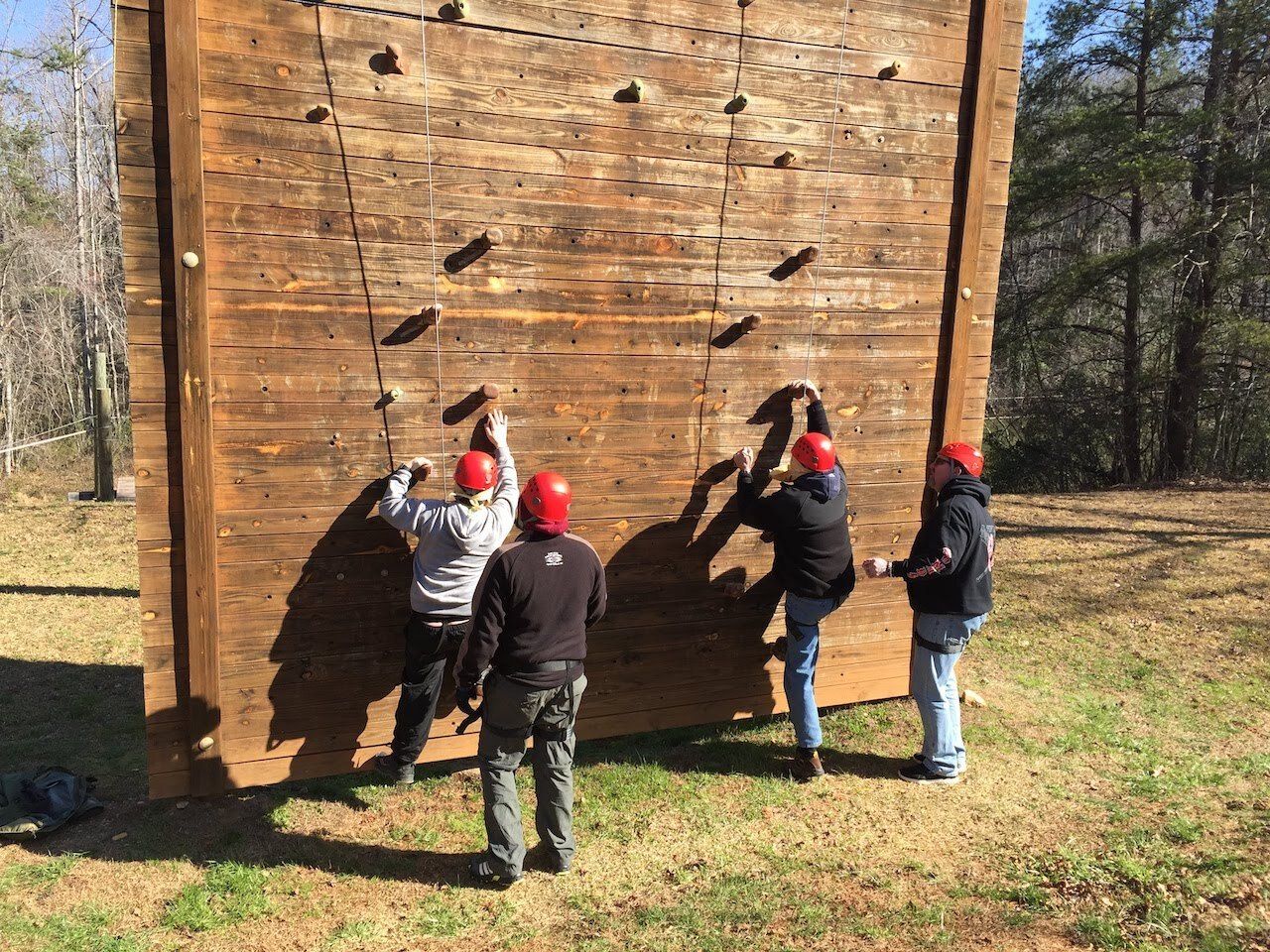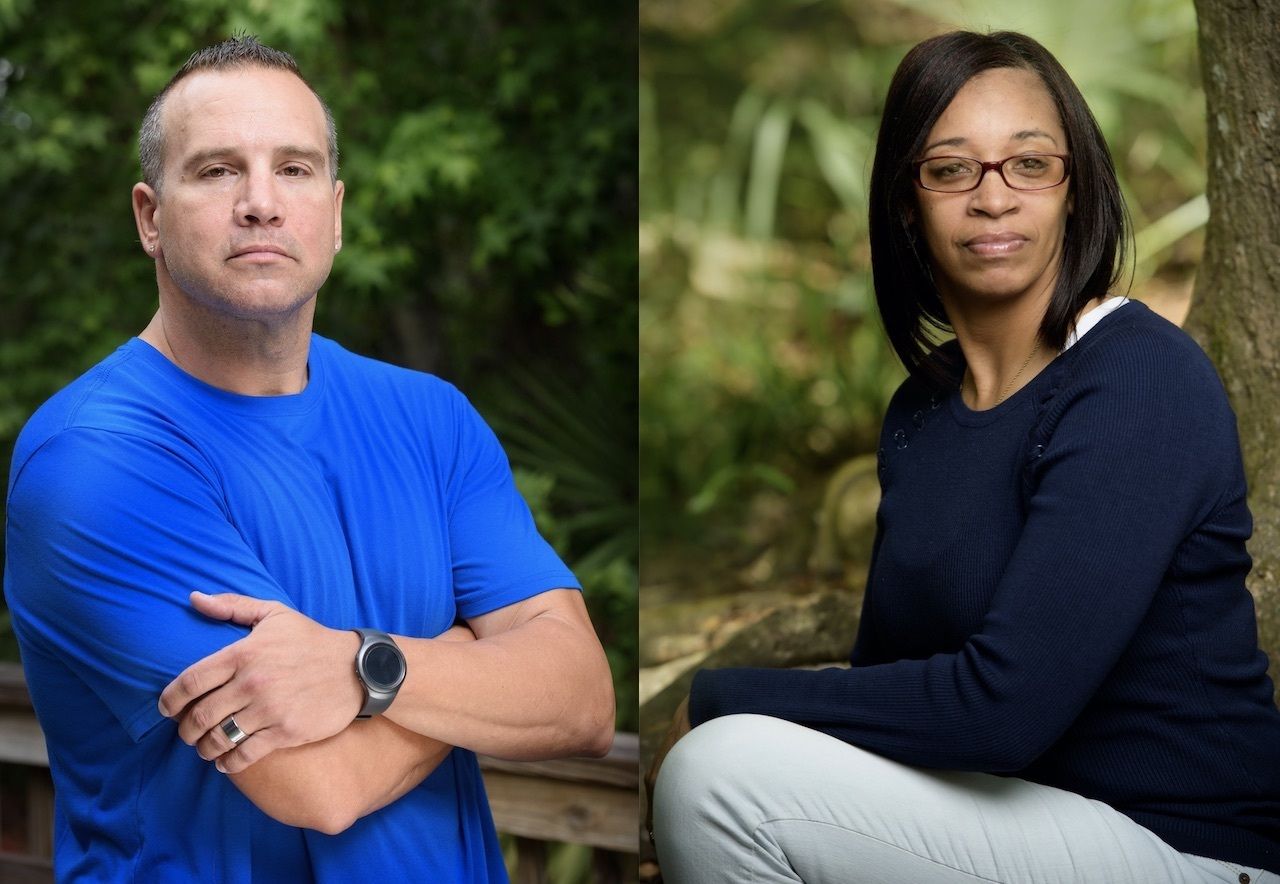Bill Geiger’s wife had reached her breaking point. After the Army MP returned home from deployments to Guantanamo Bay and Iraq, he had become a different person, removing himself into depression and often screaming at their children. And in the fog of readjustment to life at home, somehow he’d missed that there was a serious problem.
“My wife left an email open on our computer to our pastor saying, ‘If I knew he was going to be like this, I’d never have married him,’” Geiger says. “It was the start of me realizing I had a serious problem on my hands.”



